Molecular signatures classify astrocytic gliomas by IDH1 mutation status Grischa Toedt, Sebastian Barbus, Marietta Wolter, Jörg Felsberg, Björn Tews, Frederic Blond, Michael C. Sabel, Stefanie Hofmann, Natalia Becker, Christian Hartmann, Hiroko Ohgaki, Andreas von Deimling, Otmar D. Wiestler, Meinhard Hahn, Peter Lichter, Guido Reifenberger and Bernhard Radlwimmer
| Erscheinungsform: | Aufsatz |
| Autor/Urheber: | |
| Beteiligte: | - Bărbuş, Sebastian Liviu
- Wolter, Marietta
- Felsberg, Jörg
- Tews, Björn
- Blond, Frederic
- Sabel, Michael C.
- Hofmann, Stefanie
- Becker, Natalia
- Hartmann, Christian
- Ohgaki, Hiroko
- Deimling, Andreas von
- Wiestler, Otmar D.
- Hahn, Meinhard
- Lichter, Peter
- Reifenberger, Guido
- Radlwimmer, Bernhard
|
| Umfang: | 9 |
| Anmerkungen: | Gesehen am 10.11.2022
Erstmals am 12. Mai 2010 veröffentlicht |
| Identifikatoren/Sonstige Nummern: | 1821570774 [PPN] |
| In: | Bognor Regis : Wiley-Liss, 1966 128(2011), 5, Seite 1095-1103 volume:128 year:2011 number:5 pages:1095-1103 extent:9 |
| Inhalt: | - To identify novel glioma-associated pathomechanisms and molecular markers, we performed an array-based comparative genomic hybridization analysis of 131 diffuse astrocytic gliomas, including 87 primary glioblastomas (pGBIV), 13 secondary glioblastomas (sGBIV), 19 anaplastic astrocytomas (AAIII) and 12 diffuse astrocytomas (AII). All tumors were additionally screened for IDH1 and IDH2 mutations. Expression profiling was performed for 74 tumors (42 pGBIV, 11 sGBIV, 13 AAIII, 8 AII). Unsupervised and supervised bioinformatic analyses revealed distinct genomic and expression profiles separating pGBIV from the other entities. Classifier expression signatures were strongly associated with the IDH1 gene mutation status. Within pGBIV, the rare subtype of IDH1 mutant tumors shared expression profiles with IDH1 mutant sGBIV and was associated with longer overall survival compared with IDH1 wild-type tumors. In patients with IDH1 wild-type pGBIV, PDGFRA gain or amplification as well as 19q gain were associated with patient outcome. Array-CGH analysis additionally revealed homozygous deletions of the FGFR2 gene at 10q26.13 in 2 pGBIV, with reduced FGFR2 mRNA levels being frequent in pGBIV and linked to poor outcome. In conclusion, we report that diffuse astrocytic gliomas can be separated into 2 major molecular groups with distinct genomic and mRNA profiles as well as IDH1 gene mutation status. In addition, our results suggest FGFR2 as a novel glioma-associated candidate tumor suppressor gene on the long arm of chromosome 10.
|
| URL: | https://doi.org/10.1002/ijc.25448 |
| Weiter im Partnersystem: | https://swb.bsz-bw.de/DB=2.1/PPNSET?PPN=1821570774 |


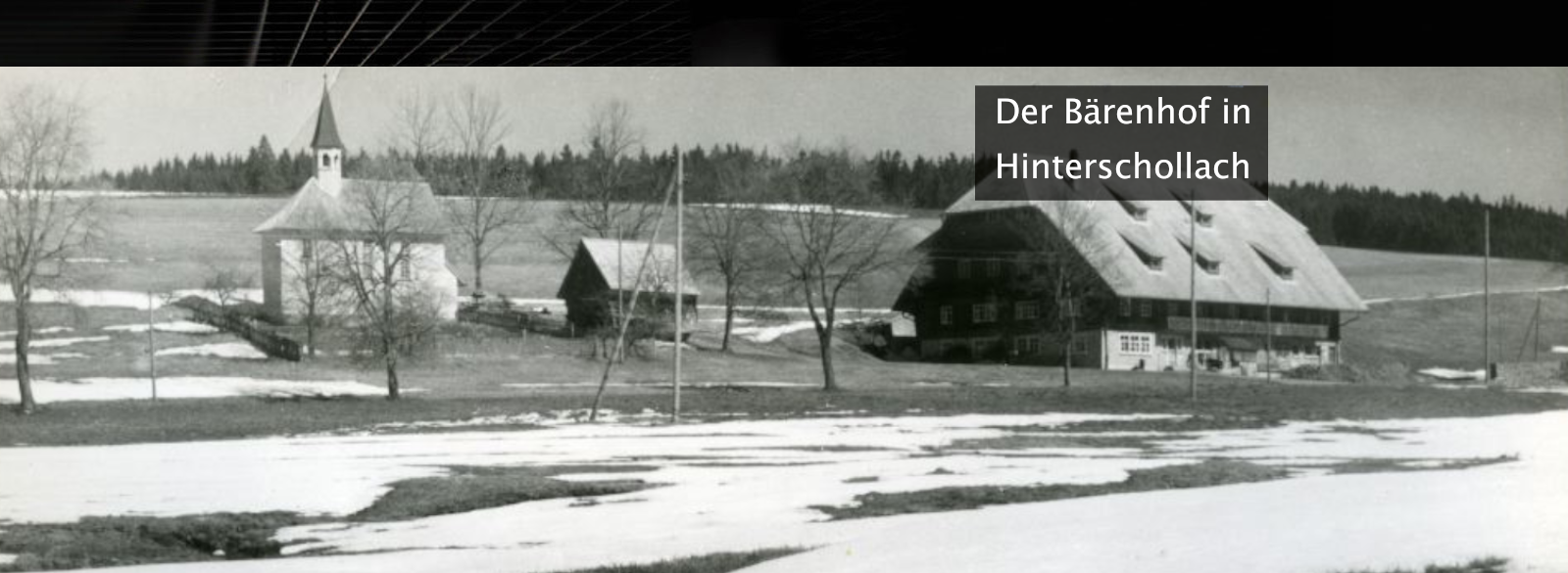


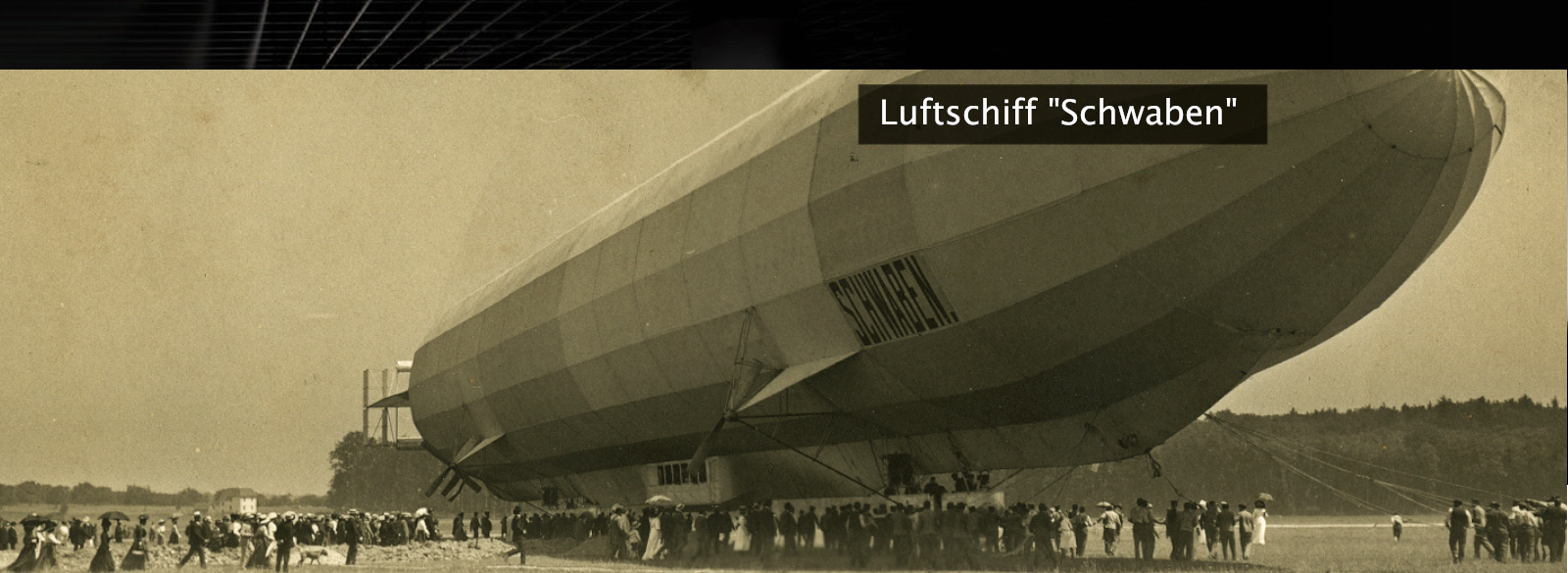






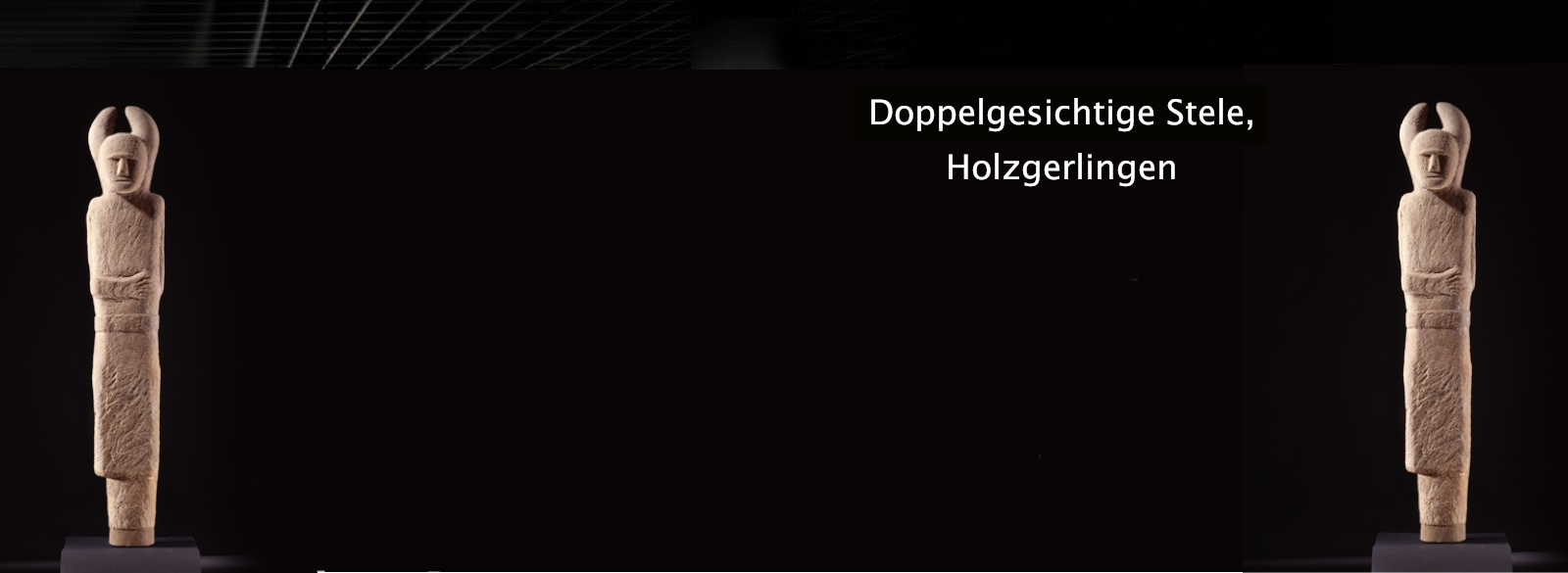
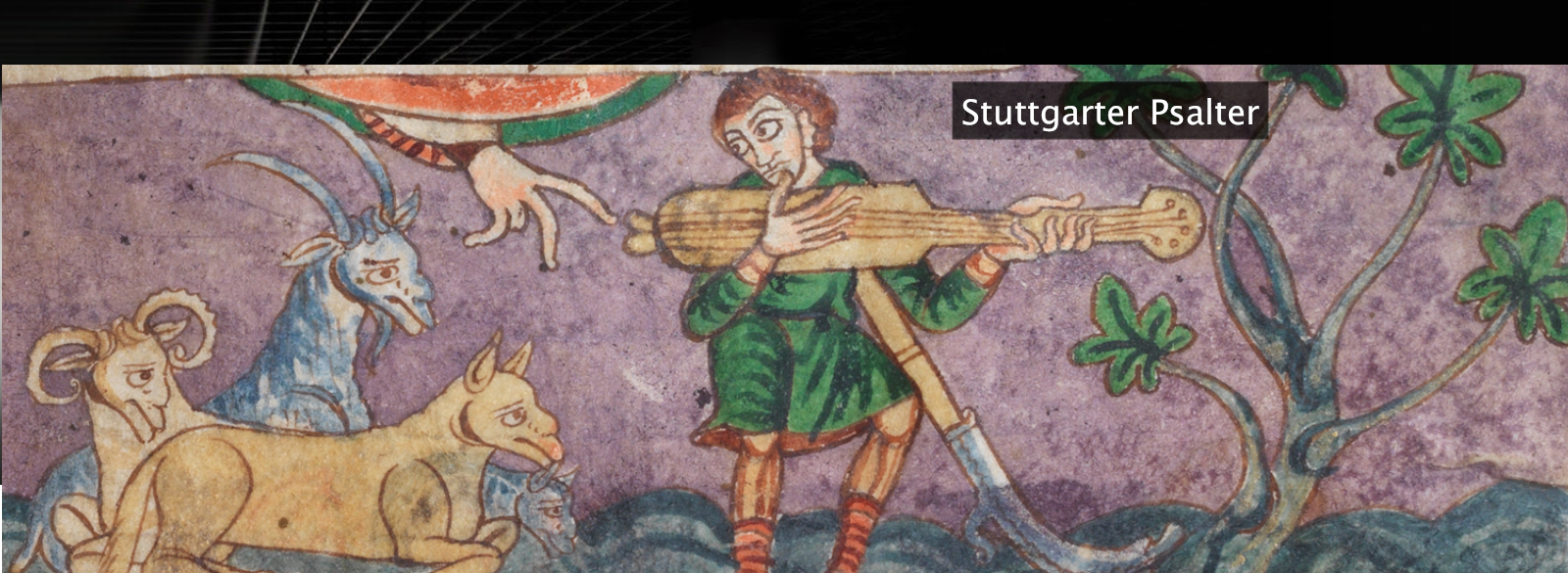

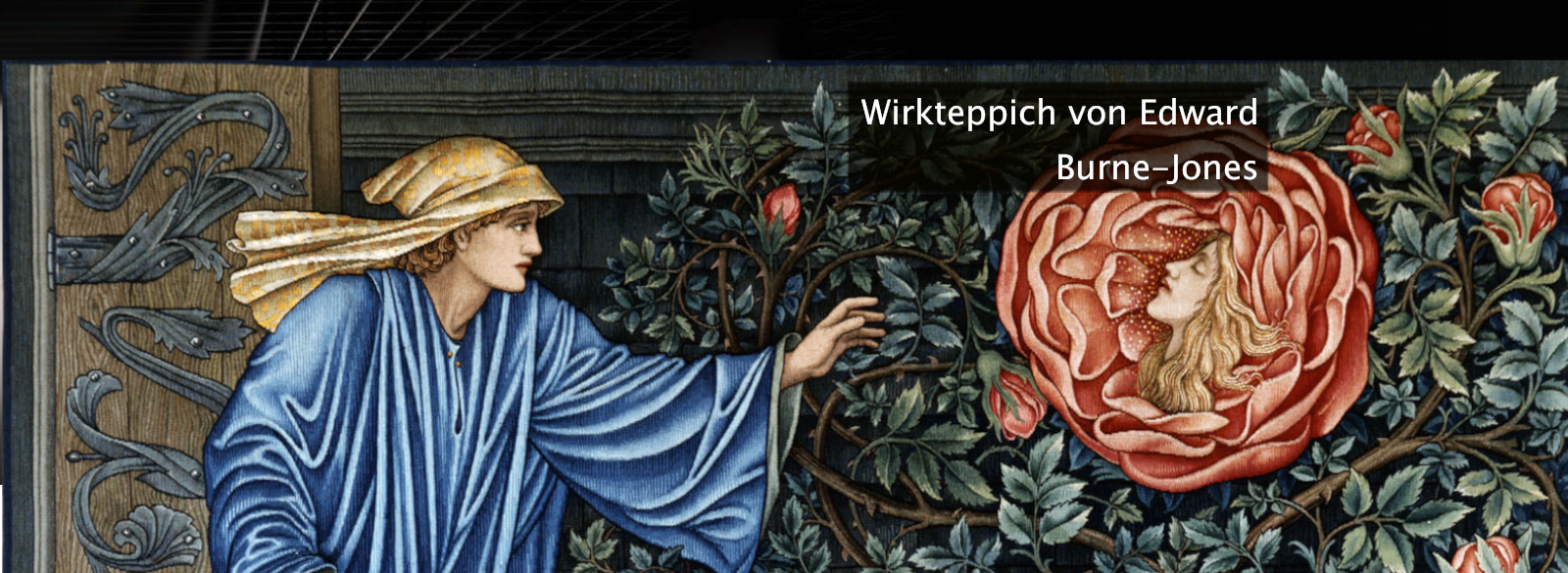
 leobw
leobw